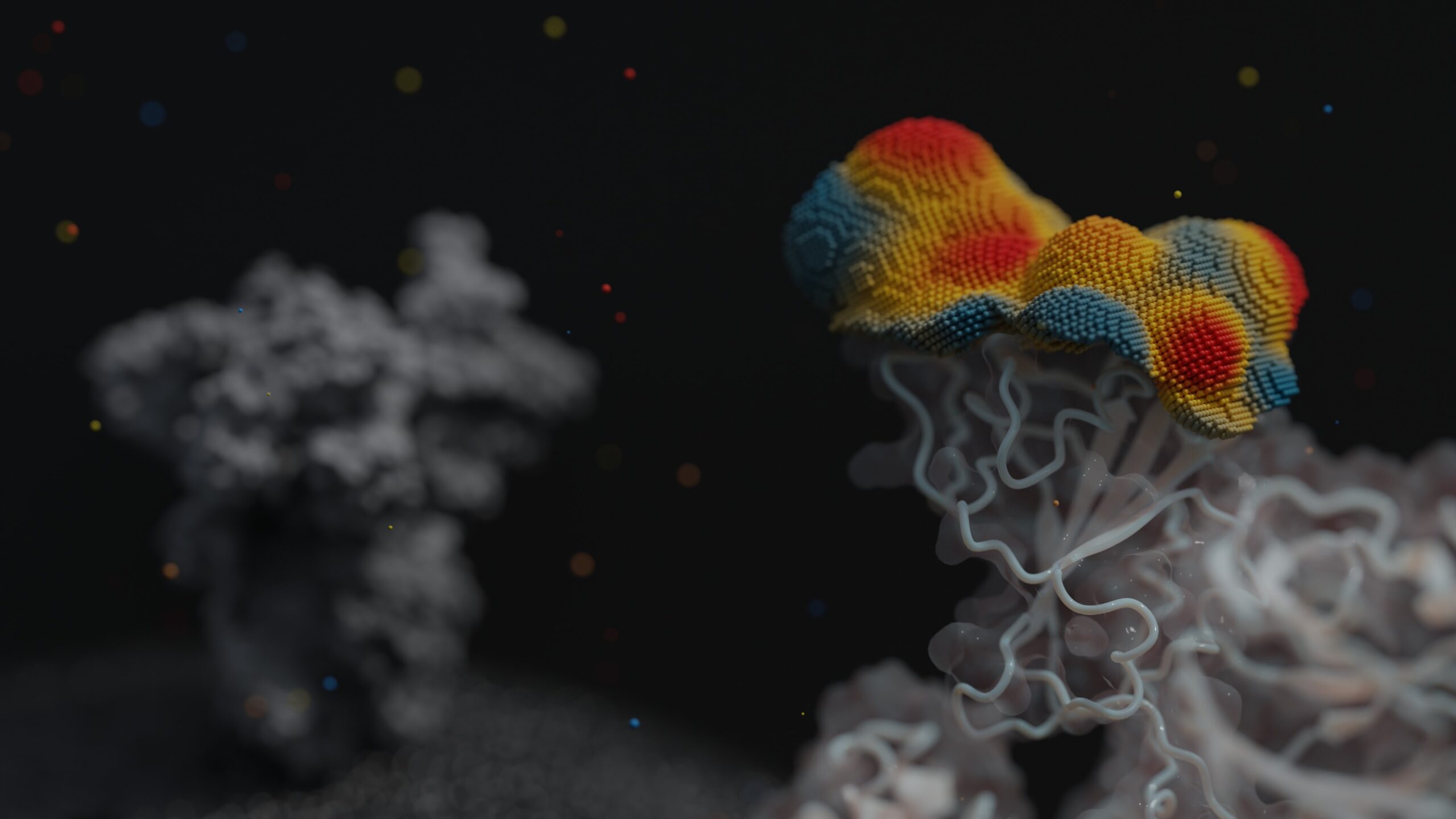New Publication about structural bioinformatics analysis of SARS-CoV-2 variants
How does the binding affinity between SARS-CoV-2 spike receptor binding domain (RBD) and human receptor hACE2 change depending on the variant? And can we predict how this change will affect us as well? Using our Halo technology we tackled exactly those questions and our findings are summarized in our recent publication in Scientific Reports.

ABSTRACT
To date, more than 263 million people have been infected with SARS-CoV-2 during the COVID-19 pandemic. In many countries, the global spread occurred in multiple pandemic waves characterized by the emergence of new SARS-CoV-2 variants. Here we report a sequence and structural-bioinformatics analysis to estimate the effects of amino acid substitutions on the affinity of the SARS-CoV-2 spike receptor binding domain (RBD) to the human receptor hACE2. This is done through qualitative electrostatics and hydrophobicity analysis as well as molecular dynamics simulations used to develop a high-precision empirical scoring function (ESF) closely related to the linear interaction energy method and calibrated on a large set of experimental binding energies. For the latest variant of concern (VOC), B.1.1.529 Omicron, our Halo difference point cloud studies reveal the largest impact on the RBD binding interface compared to all other VOC. Moreover, according to our ESF model, Omicron achieves a much higher ACE2 binding affinity than the wild type and, in particular, the highest among all VOCs except Alpha and thus requires special attention and monitoring.
Reade all the details here: https://www.nature.com/articles/s41598-022-18507-y
